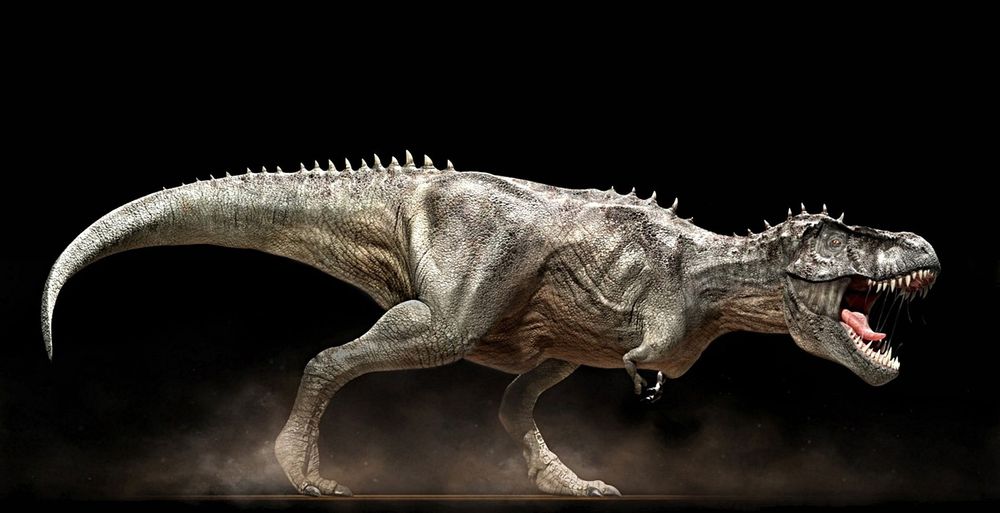The Gallery of Evolution takes you on a journey through the history of life, from the earliest life forms to a prediction of the future.
On this 3.8 billion-year journey, the exhibition zooms in on the mechanisms and key moments of evolution, in which life takes a new path as the result of critical change : the Cambrian, the Devonian, the Carboniferous, the Jurassic, the Eocene and the present day.
The Gallery shows how living creatures change over time. More than 600 fossils and 400 animal exhibits tell the story of animal biodiversity over the years.
Discover the fantastic story of life. Every living organism carries within it the clues to the history of life.
Dinosaur Gallery
A majestic hall dating from 1905 has been carefully restored to its original glory and welcomes now the Museum’s prestigious collection of iguanodons and many other dinosaurs. Forget the robots. In the interests of scientific authenticity, they have given way to real life-size skeletons presented in a modern and interactive museum layout.
In the gallery of no less than 3000 m², there are many fossils and more than 35 skeletons on display, including a few unique species, such as the authentic iguanodons from Bernissart and dinosaurs from the polar regions.
Once dismantled and restored, bone by bone, they have been placed in their new “pen”.
This glass housing contains an ingenious climate control and lighting system to ensure that these unique pieces are better protected than ever before.
Nine iguanodons are shown in their “historic kangaroo pose”, standing upright on two legs.
A tenth skeleton is trying to escape from the pen on four legs.
A glass tunnel, the huge display windows and the mezzanine allow visitors an extremely close view of the most remarkable anatomical details: the best preserved skull, the hands, the most complete spinal column and rib cage with the most detail.
In the basement, visible through the glass floor of the “pen”, there are 11 skeletons arranged exactly as they were found, in a full reconstruction of the original excavation site. The historic presentation, and the ambience and sound transport the visitor back to 1878, as if they were present at the excavation.
From discovery to the present day. The exhibition proceeds in a logical order.
Under our feet
The excavation sites are the first step on our voyage to meet the dinosaurs. Follow our palaeontologists from Bernissart to China, passing through Russia to learn where and how we find dinosaurs and how a living animal can become a fossil.
Dinosaurs, living animals
From the excavated skeletons, the last witnesses of a long lost animal kingdom, we learn how the dinosaurs lived. Walking and running, attacking and defending themselves, communicating, eating, reproducing. The painstaking research of the palaeontologists brings these dinosaurs back to life.
Still among us?
What if the dinosaurs never completely disappeared? By observing and comparing we can each reach our own conclusion… But why are all those birds flying around the Gallery?
Touching and handling things helps make the more difficult scientific concepts easier to understand, so the hall makes use of lots of interactive modules. Other “expressive” modules approach scientific themes in a creative way, using drawings and games. Finally, artworks by a variety of artists invite the guests on a voyage between dream and scientific reality. Video artists, water colourists, sculptures and even a sound architect, guide the visitor along to the final stage of this voyage of discovery: “the flight of the birds”, a living work.
The paleoLAB. In a side hall off the main dinosaur gallery, the Museum presents an innovative initiative: a discovery area dedicated to the world of fossils. This area offers children over the age of 5, accompanied by an adult, a fun introduction to the world of palaeontology. Playing, handling, observing and experimenting are the key words for the 30 interactive modules in the paleoLAB. This 45-minute activity may complete any visit to the Gallery, but is not compulsory.
